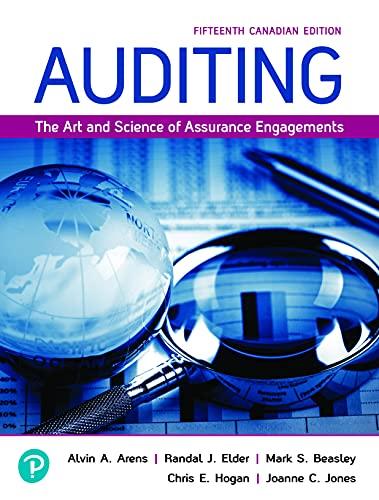1 John Fleming, chief administrator for a district hospital, is concerned about costs for tests in the hospital's lab. Fleming has asked you to evaluate costs for the past month. The following information is available: units a. Basically, two types of tests are performed in the lab-blood tests and smears. During the past month, 1,980 blood tests and 2,640 smears were performed in the lab. b. Small glass plates are used in both types of tests. During the past month, the hospital purchased 13,200 plates at a cost of $27.060. This cost is net of a 6% quantity discount. 1,320 of these plates were still on hand unused at the end of the month; there were no plates on hand at the beginning of the month c. During the past month, 1,250 hours of labour time were recorded in the lab. The cost of this labour time was $14,750, d. Variable overhead cost last month in the lab for utilities and supplies totalled $7.625 eBook References The hospital has never used standard costs. By searching industry literature, however, you have determined the following nationwide averages for hospital labs. Platest Two plates are required per lab test. These plates cost $2.20 each and are disposed of after the test is completed. Labour! Each blood test should require 0.30 hour to complete, and each smear should require 0.15 hour to complete. The average cost of this lab tine is $14.00 per hour. overhead: Overhead cost is based on direct labour-hours. The average rate for variable overhead is $5.10 per hour. Fleming would like a complete analysis of the cost of plates, lobour, and overhead in the lab for the last month so that he can get to the root of the lab's cost problem Required: 1. Compute a materials price variance for the plates purchased last month and a materials quantity variance for the plates used last month (Indicate the effect of each variance by selecting "F" for favourable, "U" for unfavourable, and "None" for no effect (ie.. zero variance).) Material price variance Materials quantity Variance $ $ 1,080 4.455 U 2. For labour cost in the lab. a. Compute a labour rate variance and a labour efficiency variance. (Do not round intermediate calculations. Round "Efficiency variance" answer to 2 decimal places. Indicate the effect of each variance by selecting "F" for favourable, "U" for unfavourable, and "None" for no effect (i.e., zero variance).) Labour rate variance Labour efficiency variance $ $ 2.750 3,640.000 b. This part of the question is not part of your Connect assignment 3-a, compute the variable overhead spending and efficiency variances. (Do not round intermediate calculations, Round "Efficiency variance" answer to 2 decimal places. Indicate the effect of each variance by selecting "F* for favourable, "U" for unfavourable. and "None" for no effect (... zero variance.)) Variable overhead spending variance Variable overhead officiency variance $ $ 1.2500 2,576.000 3-5. Is there any relationship between the variable overhead efficiency variance and the labour efficiency variance? O Yes No









